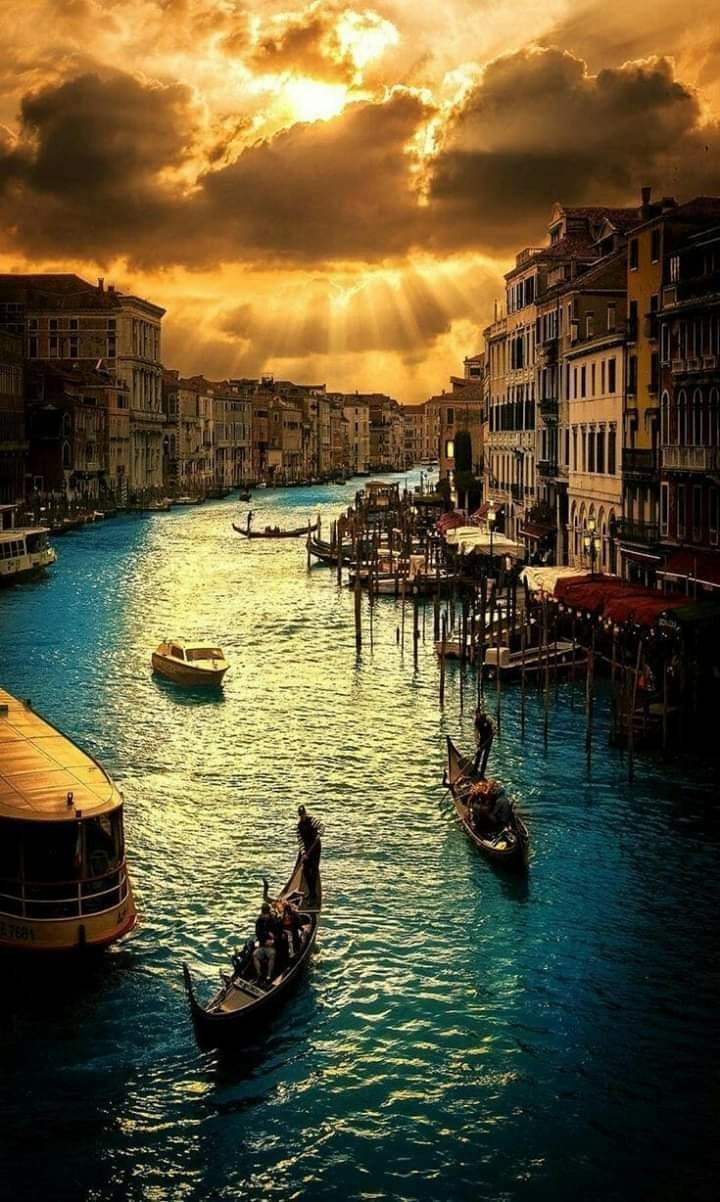
Fyodor R.
Founded around year 450 AD by mainland populations escaping from the barbarian invasions of the Huns led by Attila, Venice is built on over 100,000 palafittes driven into the mud to lay a solid basis for the magnificent buildings. Venice has been built on the Venetian lagoon, over a forest of upside-down trees.
🏺Upside down forest
Buildings were built by using long wooden piles (60 feet long) driven deep into the ground. These piles go deep down into the soil, reaching past the weak silt and dirt to a portion of the ground that was hard clay which could hold the weight of the buildings placed on the piles above. The piles were also driven into the water which normally would have been a disaster as wood rots normally. The wood used in the construction of the piles was very water resistant.
🏺When wood transforms into stone
Even so the wood should have rotted away eventually. However, several things happened which kept the wood intact for over 500 years. The first is that wood rots only when both air and water are present, so in the oxygen starved environment of the water underneath the buildings, the wood was protected until the second thing happened. The waters of the lagoon carried an extremely large amount of silt and soil and the wood was being blasted by this sediment for years. The wood absorbed the sediment and quickly petrified into basically stone at an accelerated pace. The wood used in the construction of the piles was also very water resistant such as oak or larch.
🏺Venice
The Republic of Venice was a major financial and maritime power during the Middle Ages and Renaissance, and a staging area for the Crusades and the Battle of Lepanto, as well as a very important centre of commerce (especially silk, grain, and spice) and art in the 13th century up to the end of the 17th century. The City State of Venice is considered to have been the first real international financial centre which gradually emerged from the 9th century to its peak in the 14th century. This made Venice a wealthy city throughout most of its history. It is also known for its several important artistic movements, especially the Renaissance period. After the Napoleonic Wars and the Congress of Vienna, the Republic was annexed by the Austrian Empire, until it became part of the Kingdom of Italy in 1866, following a referendum held as a result of the Third Italian War of Independence. Venice has played an important role in the history of symphonic and operatic music, and it is the birthplace of Antonio Vivaldi.
